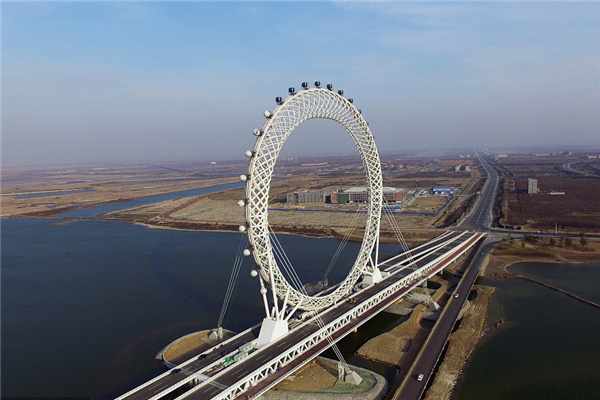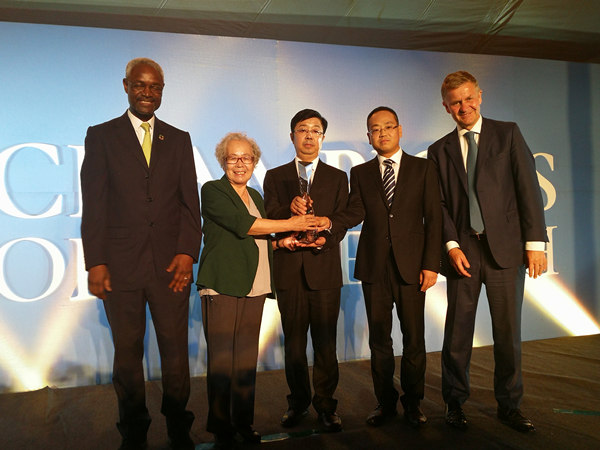

Three Chinese State enterprises, Industrial and Commercial Bank of China, China Mobile and China National Petroleum Corporation, are among the 10 most profitable corporations in the world, but have only handed 10 percent of their profits in to the State.
Although handing over 10 percent is a step forward from not handing in any profits at all, this amount falls far short of public expectations.
When the percentage figure was set by regulation in 2007, it elicited doubt immediately. Today, with a rapid increase in profits, it is not surprising to see the doubt turn to louder criticism. Worse than that, the public as the shareholders of State-controlled enterprises, have no idea where the remaining 90 percent of profits have gone.
It is incumbent upon State enterprises to make public where their huge profits have gone, and the public's right to this information and to supervision should be respected.
Since some 90 percent of profits are left in the hands of the State enterprises, the State-owned Assets Supervision and Administration Commission (SASAC), which is entrusted with the management of State assets, has both the responsibility and obligation to make public how the profits are used.
The mission of the SASAC is to ensure that the value of State assets are maintained and increased. Without any idea of how profits are handled, the public has every reason to wonder how much is used for paying high salaries to top management, or how much is wasted.
Taking advantage of their monopoly of the market, many State enterprises have earned huge profits. The public now has more doubt than ever on how these profits are being used, which should send a clear message to the SASAC.
Securities Times
(China Daily 04/27/2009 page2)













